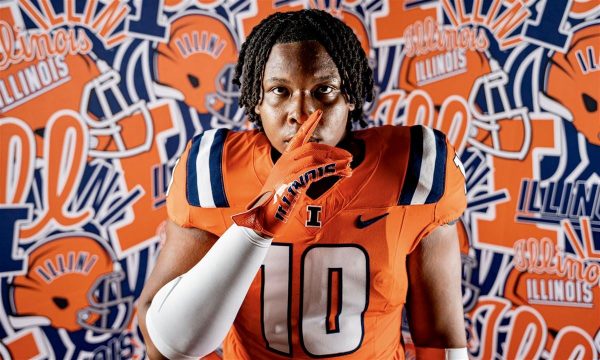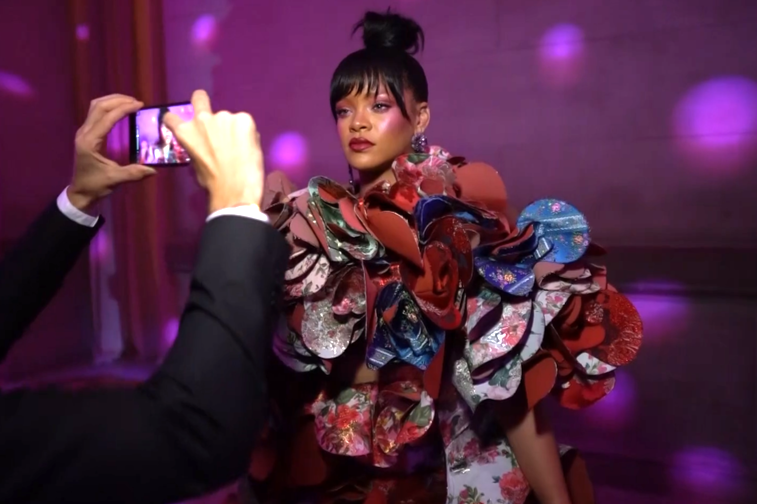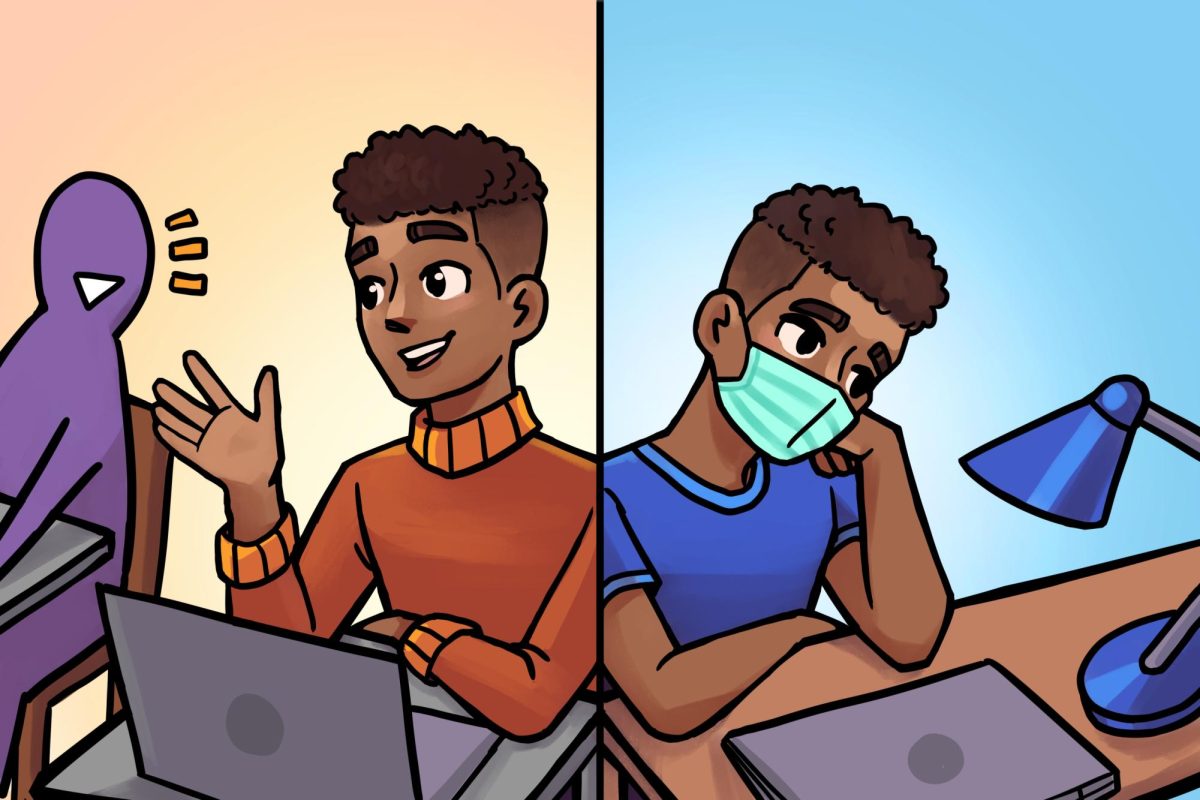Ryan Gosling and Claude Monet have much more in common than one might think.
What many say is a handsome and relatable Hollywood actor, Gosling has recently attained the highest rungs of stardom following his cultural zeitgeist-capturing and tongue-in-cheek turn as the plastic doll Ken in last summer’s mega-blockbuster film, “Barbie.”
With his newest role this summer as the simultaneously charismatic and bare-knuckle-brawling yet gentle and sensitive stuntman Colt Seavers in David Leich’s “The Fall Guy,” Gosling has cemented his unique brand of on-screen masculinity as a cultural touchstone.
This follows decades of rough and tough male action protagonists who wield their masculinity like a blunt axe, hacking at every problem they face with vacant abandon. The chimp-with-a-machine-gun Chuck Norris-type heroes are fading into antiquity, much like the decline of stirring Realist artists that led to the sweeping Impressionist movement of the 1870s.
There is a stark similarity between Gosling’s and the majority of male Impressionist artists’ approaches to masculinity through their crafts. Impressionist works are widely defined by their move towards colorful irrational strokes and the absence of strict use of lines, which were originally deemed derogatorily as “feminine.”
Get The Daily Illini in your inbox!
Gosling’s body of work has also progressed to represent masculinity in a less traditional sense, giving him more space to show raw emotion that would often be deemed weak on the face of a basic male blockbuster protagonist. This progression was mirrored by the developments in the art of the 1870s.
At the time, the industry was beginning to lift Western society by the bootstraps, raising living standards by varying degrees between city and country, giving painters more intimate and ordinary material to work with — stark depictions of rural toil à la Courbet giving way to quaint, humble lily pads ala Monet.
But with each Renoir-type depiction of urban mirth-making on rosy terraces, there is still an air of melancholy, like every smiling face knows their time of splendor is limited in the rising political tensions of Europe. Gosling’s performances carry a similar sadness — a facet that has practically defined his style in the constraints of pop culture.
“Literally me” — hordes and hordes of male moviegoers, both casual and highbrow, claim a profound relatability with Gosling’s widely sullen and downtrodden protagonists, a trend that confusingly borders in the murky realm between good-hearted satire and ironic honesty.
These characters include his broke and comedically incompetent private investigator in Shane Black’s “The Nice Guys,” the deeply lonely and meandering Officer K in “Blade Runner 2049” and, most famously — for better or for worse — his mysterious and detached lead character in “Drive,” a violent noir.
What Gosling presents on screen, whether it’s a hardened action hero or a tragic half of a doomed romance, is widely interpreted as relatable. These characters demonstrate raw emotion that’s rare in widely accessible male protagonist roles. Like Impressionist artists blurring the lines between reality and idealized candid living conditions, these characters bring out a side of the widely marketed audience that’s never been before seen.
However, as Gosling approaches the ceiling of possible cinematic fame, his style needs to evolve. Gosling is a versatile actor, but the oversaturation of his definitive protagonist archetypes through an array of cookie-cutter flicks would be an easy trap to fall into.
In a similar vein, 19th-century Impressionism did not perpetually confine itself to placid landscapes and idyllic gatherings on verandas. A certain soon-to-be one-eared painter, among a few others like Cezanne, Gauguin and Seurat, would help usher in a new movement, a continuity of Impressionism’s accomplishments.
Post-Impressionism did carry on many Impressionist traditions, like the use of bold distinctive strokes and color and the widespread use of oil painting. The movement did depart in terms of lighting and themes — things became less naturalistic. They became more symbolic and abstract, as seen in the differences between Renoir’s “Bal du Moulin de la Galette” and Seurat’s “A Sunday on La Grande Jatte,” the latter of which contains some biting social symbolism upon closer inspection.
This move to abstraction is something on which Gosling might just be embarking. His role as Ken in “Barbie” is a full 360 degrees of social satire, and he accomplishes this by playing on the audience expectations set upon him by his most popular previous roles.
Gosling has a once-in-a-lifetime opportunity now to surprise and subvert expectations at this crossroads in his career. Not many performers have such a gift; he should use it wisely.
That’s not to say he shouldn’t have fun — the post-Impressionists carried on many Impressionist calling cards like leisure, color mixing and distorted perspectives. However, they also delved into more affecting undertones, like class warfare, conveyed through vibrant colors and abstract tendencies.
Already a figure who has the flexibility to perform on both sides of the dramatic spectrum, Gosling has the chance to definitively mark a new sense of masculinity on screen that sticks in the cultural mind just as long as a water lily of Monet’s.
Aaron is a junior in Media.











